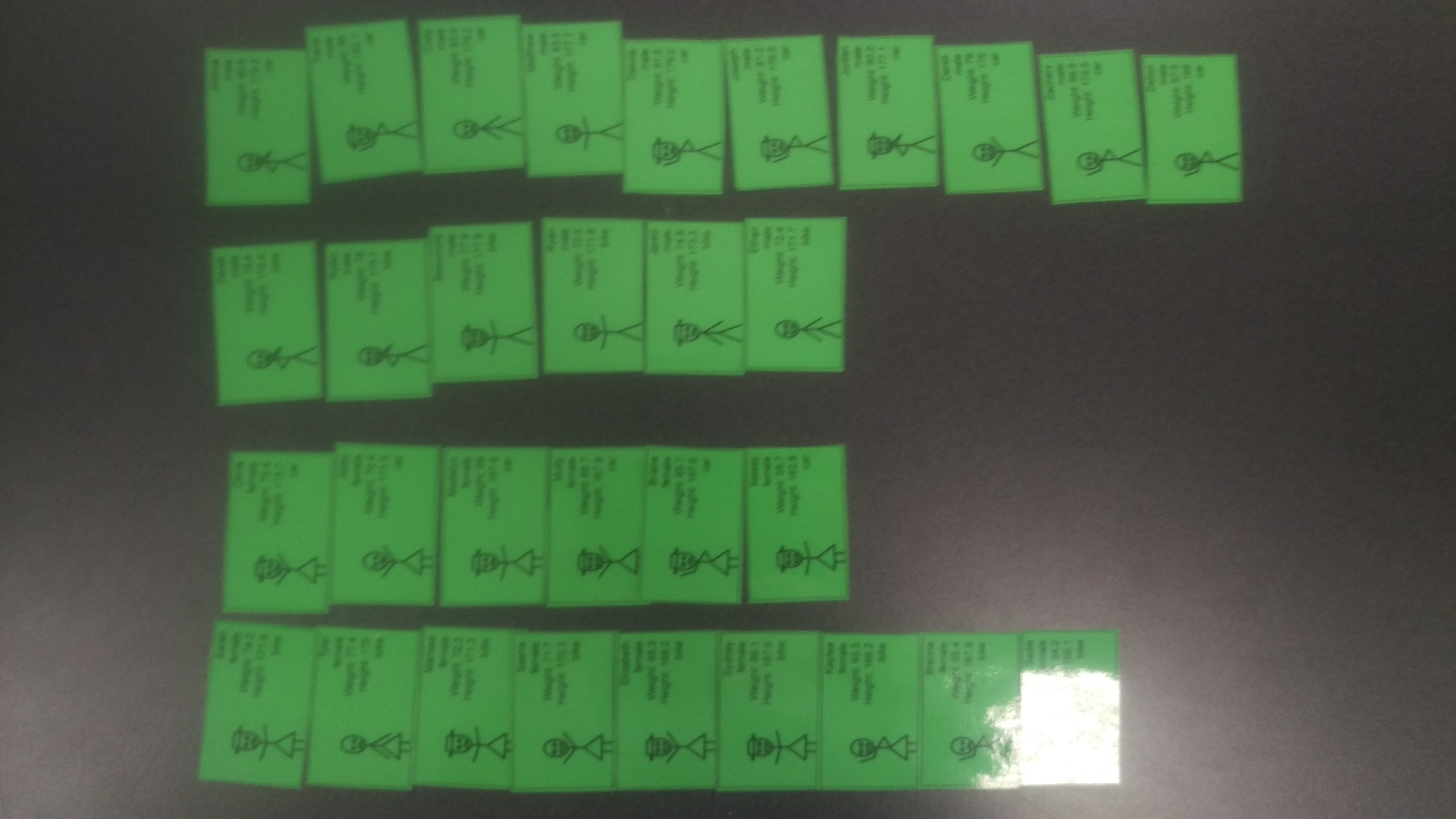Reflection on CCC Tutes
I was invited to help deliver a tutorial introducing students to statistics through the Maths Learning Center. It was part of the “Create Communicate Connect”, a first year Health Sciences course. It was an interesting experience for a number of reasons:
- It was an already established tutorial, with their regular tutor there as well, and we were just coming in for one session to deliver this specific content.
- After spending most of the last 4 months learning about teaching theory, it was an interesting opportunity to reflect on some of these theoretical points in practice.
- The pedagogy of the design of the lesson (thanks to Dr. David Butler) was fascinating and quite different to the usual “answer these questions” structure of tutorials i’ve demonstrated in the past through the School of Mathematical Sciences.
I took two tutes, the first their regular tutor was very engaged, interested in what I was doing, and participated and helped going around amongst the students and helping with guiding discussions. In the second tute on the other hand, the pre-existing tutor literally sat at the back of the class and checked their emails for the first 35min of the 50min tutorial, and spend the last 5min of the tutorial just asking me about where they could get help for their own research project. For the 10min that they engaged with the material, nodding and commenting ``that’s interesting’’ was basically the extent of their contribution. This was interesting because it didn’t bother me too much, I was happy to just explore the content, but it seemed like the tutors disengagement in the second tutorial might have impacted on the students engagement, as they were much less pro-active and engaged than in the first tute. This could also be a coincidence — it is only two data points, after all, but interesting to note. This may have also interacted with some of the behavioral management processes I noticed. Without deliberately focusing on it, I actually noticed several preventative strategies that I discussed in my STiC Handbook. Specifically, in my first tute I noticed that I failed to “Finish Well”, meaning to summarize what we learnt and review, controlling the transition at the end of the lesson. This was because the students (and their tutor) were so engaged and I was enjoying myself so much, that I lost track of time towards the last 10min of the tute and ended up with not enough time to summarise at the end. Overall, I think that was a good problem to have, but it is certainly a point on which I could improve on in future. Conversely, I think the lack of enthusiasm (another preventative strategy covered in the handbook) from the tutor in the second tute may have contributed to the second tute not being as engaged.
The design of the activities was also interesting. They were deliberately open ended, and fun. When the students engaged with them they had a good time, there was a lot of joking and laughter in the class, and associated to this there was also some very perceptive questions and thoughts. On the other hand, it seemed very much like a “win-more” scenario: if the students engaged and invested in the activities, they got alot out of it, but if they didn’t, it was more difficult to manage than an “ordinary” tute might have been. I like this approach of relying on the engagement and fun of a class to manage the students behavior, but it seems like a fine art to master. I felt like I did fairly well with it overall, although there were certainly moments I could improve on. For example, in the second tute there was an argumentative student, who dominated the conversation in one group (while I was there), claiming none of the results could be believed anyway and so on. I felt like I handed them well individually, redirecting their seemingly almost aggressive argumentative behavior towards productive criticism: asking them questions such as “what would make an article like this more believable to you?”, “if you were asked to make an important decision in one of these areas, could you justify ignoring these articles simply on the basis that you don’t believe in their credibility?”, and so on. However I think I could have done a better job encouraging other people in the group to share their ideas as well. I did ask them to share their opinions, but I still feel I could have spent more time on them and less on the argumentative student. One other point I think I could have improved on in both tutes is actually the sharing opinions in a group step. I struggled to get students to volunteer their opinions in an all-tute setting, even though they seemed very willing on an individual and in-small-groups setting. Although I tried summarising their views (that I had gotten through one-on-one and small group discussion, I think I could have done this better, and I think I could pursue more effective methods to encourage them to participate, as I think the peer-learning that could result from such an exchange could be beneficial.

Here is a photo of one of the first ideas my first tute group came up with for the second activity.
 About Me
About Me